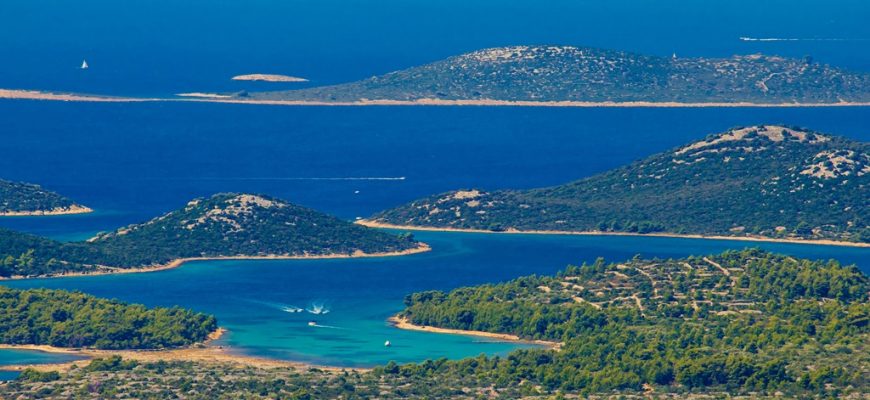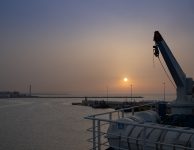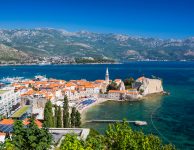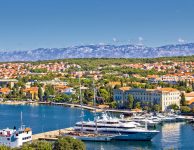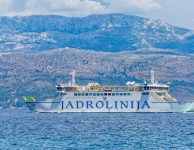Kornati Archipelago – Ecological buoys installed
In order to prevent illegal anchoring and protection of the underwater habitat, Kornati National Park, in cooperation with the Fund for Environmental Protection and Energy Efficiency and the Ministry of Tourism and Sports, installed new anchor buoys in Vrulje Bay.
224 ecological buoys for prevention of seabed ruin
A total of 224 ecological buoys are planned to be installed in 19 Kornati anchorage bays by the spring of next year. Part of the money for this purpose was provided through the Environmental Protection Fund and two European INTEREG projects.
The director of the Kornati National Park Šime Ježina reminds us that the Kornati can only be visited by sea, so the buoys are a kind of parking space for boats. That is why a safe anchorage is extremely important for boaters. However, they do not want the anchors to ruin the submarine uncontrollably because they destroy the biocenosis of the seabed. By installing new buoys this will be greatly prevented.
He further explains that the new buoys were not placed on concrete blocks but were fixed with the so-called “Earth Anchor” system. It is a method of drilling through sand and sea sediment into a rock base. A kind of “anchor” is placed, which remains buried in the well without significant damage to the seabed. Such a way of laying buoys, but also a ban on anchoring outside the anchorage, will preserve the fields of seagrass Posidonia Oceanica.
Posidonia Oceanica – Home to more than 20% of known Mediterranean species
Vesna Cetin Krnjević, Head of the EU Project Implementation Service in the Fund adds that the condition of the seabed, both from a biological and a sedimentological point of view, is significantly degrading. By “ploughing”, anchors destroy the settlements of Posidonia, which the European Union has recognized as one of the priority habitats for conservation within the Natura2000 network. This species is a Mediterranean endemic and it is extremely important to preserve its meadows.
Finally, she points out that the meadows are Posidonia are “oxygen factories” and areas of great biodiversity. They are home to more than 20% of known Mediterranean species. Over thirty species of algae can be found on each leaf of Posidonia, while meadows are habitats, hatcheries and feeding grounds for more than a hundred species of fish, most of which are of economic importance. With their intertwined laid stems and upright shoots, they reduce sediment transport by the action of sea currents, and they also play an important role in the circulation of nutrient salts in the sea.
Source: Otoci.eu


